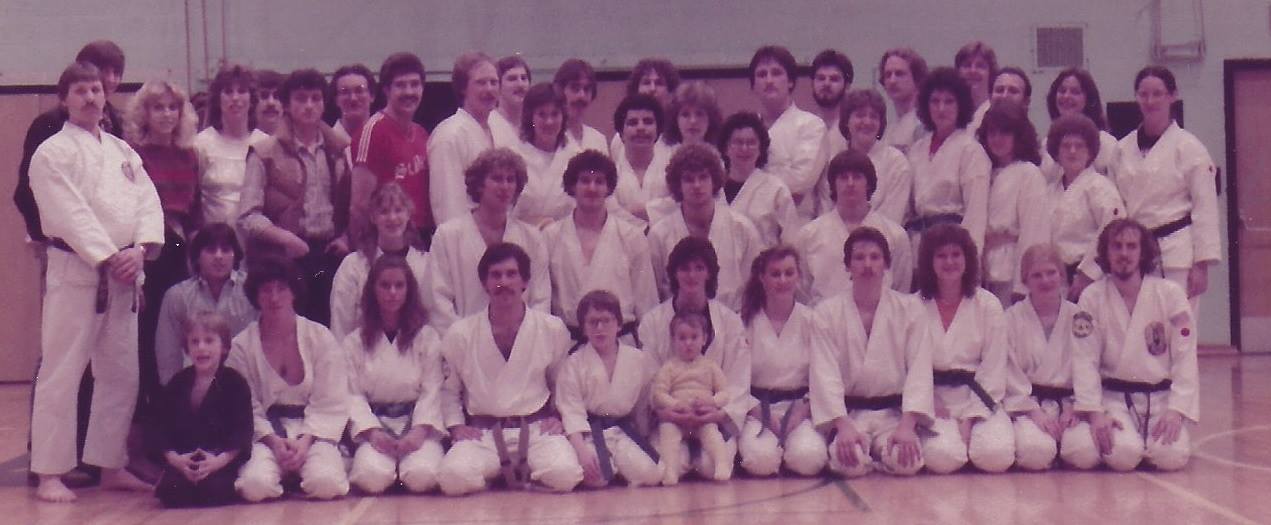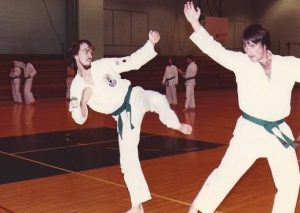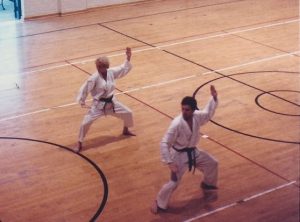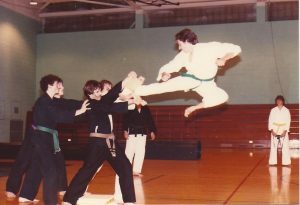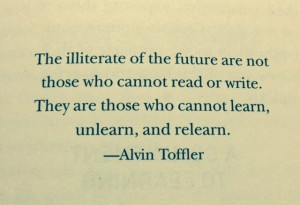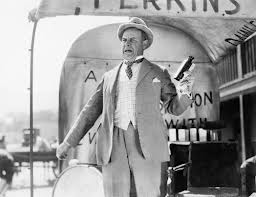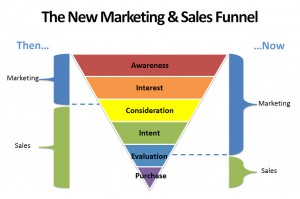Is QDD Crippling Your Sales Growth?
Salespeople are disqualifying 70% of leads, why? Of those 70% of possible new customers disqualified, 80% go on to buy from someone in the next 12 months! Those lost sales are sales you could have (and should have) won. In this post we will identify a disease called QDD and how to cure it and fix your sales problems.
Your marketing team developed a lead generation strategy that is dropping a number of potential opportunities into your marketing and sales funnel. The accounts feel like they have a good possibility of becoming orders since they are from your core industries and you know they are buying products and or services just like yours. You have been tracking this activity and it looks like you will see a strong return on marketing dollars invested based on the number of new opportunities. The entire senior management team and the board are excited and they are waiting in anticipation of hitting the sales and profit numbers. However as the sales leader you are not seeing these opportunities moving along the sales journey from opportunity to prospect to customer, and you are not seeing closed sales dollars increasing? Why?
Your salespeople are suffering from QDD.
I get excited when a team embraces the concept of marketing and driving what should be warm opportunities to my sales teams. They took the time to do voice of the customer research and determined problems their markets have, understand how buyers buy, and what buyers need today to make buying decisions. They positioned their products as solutions to those current problems in their markets. They understand their company’s value proposition and launched their message. The number of new opportunities is climbing each week and reviewing some of the account names you know they buy a product or service like yours…but you are not seeing new orders? How can this be? Having lived this scenario more than I care to admit, what you are experiencing is QDD; Quick to Disqualify Disorder.
When presented with new opportunities sales super stars say;
“awesome, I know they buy products like I sell and I will one way or the other figure out the problems they currently have and help them”.
If your salesperson is suffering from QDD they say;
“ah, I have heard of this company( even if they haven’t) , I tried to sell this company six years ago( one voice mail) , I doubt they will buy, they are probably happy with their current supplier and just price shopping us, so I will follow up.”
Do you hear the difference in mind set? The sales star understands the value he and your products bring and is excited to help authentically serve one more person. The salesperson suffering with QDD will “go through the motions” but already believes he or she will not sell the account. ( and they won’t) The sales star is seeking to serve; the QDD salesperson is focused on disqualifying the opportunity quickly so no one asks the status and next step to win their business. Who do you think will win the sale?
How do you know if you have someone on your sales team suffering from QDD?
By the Numbers
The first thing I do is look at the numbers…how many opportunities has this person been given in the last 3-6 months and how many went from possible opportunity to lead to close? Compare this to others on your team and if you find a disproportionate amount of opportunities are not turning into qualified leads, your salesperson has QDD.
By Mix
Review the product mix sold by your team. Quickly you should see a few patterns emerge. Look for anyone on your team who does not meet a similar product mix. What I am particularly looking for here is new products; sales from products you have been aggressively marketing. Salespeople suffering from QDD will have their product mix heavily weighted with older products or services in your offering.
By Margins
Assuming your marketing group has done their job and the products you have and are launching are brilliant solutions to unresolved market problems, you should have priced them at a higher margin based on the value they provide. Salespeople with QDD will have the lowest blended profit margin for their area of responsibility. They do not understand how to sell value so they take a commodity and relationship selling approach.
By Listening
Sales super stars will focus on the value, the value the customer will receive once their problem is solved. They are excited to help the customer, serve the customer they are shocked if they don’t move to the next step in the sales process. Salespeople with QDD will tell you their (your) customers are all about price and we are too high.
The shame is when I interview buyers on why they do not buy, rarely is price even on the list. What buyers do say is the salesperson did not seem to understand my problem, did not listen, and therefore I did not trust their solution. You very likely could have, should have won their business, but because your salesperson is suffering from QDD the buyer lacked trust.
You will also hear another why you are not able to break into this account and it will sound something like; “a competitor’s got a great relationship with his current supplier and won’t even consider us.” Relationships are important don’t get me wrong, however if a buyer trusts you can better solve a problem than a current supplier you should at least move to the next step in your sales process and not be dismissed so early.
View the CRM
Take time to review the CRM entries. Sales stars will be logging discussions, and have future appointments scheduled and maybe even new business quoted. Salespeople with QDD will have a series of entries that say; “left voicemail” and “sent email” and the prospects will only have one or two entries. Sales stars know you need to engage with buyers 8-15 times before activity occurs. QDD salespeople go through the motions, as if to say; “yes, I did my job, I made the call, but they obviously were not interested or they would have called me back,” They are focused more on showing activity than driving results.
One company I helped had a 42% close rate historically so 58% of the time they did not receive a return on their lead generation and cost of sale investment. Each of their sales team had QDD to some degree. Over the years they tried to fix their sales problem by adding more people, more costs and focused on having more quotes. They even rewarded sales with a variable compensation based on numbers of quotes ( not quotes closed). Sales were declining and profit margins were dropping.
We did customer voice work, created a repeatable sales process, trained sales, coached sales launched a strategic business development program and increased the average close rate to 68%,and key whale account close rates to 90% in 18 months.
We opened over 250 new customers and sales from new customers represented over 24% of total sales year in year three.
The good news is QDD is curable and does not need to be terminal.
So how about your sales team…
Are you hitting your sales and profit goals?
Do you have one salesperson consistently missing their goals?
Do you have a number of new leads that are not turning into revenue?
Are you seeing this salesperson not moving opportunities through your sales process to the next level?
Are you concerned one or more of your sales team has QDD?
QDD cripples sales and profit growth efforts.
QDD salespeople believe if new sales were out there they would have already won them. They are not sold on how sales occur today and are waiting for things to get back to normal. Well, this is the new normal and they must adapt.
The first step in solving any problem is identifying you have it.
If this post made you wonder (or made you a but nervous) about one or a couple of salespeople on your team I recommend you take the five steps above to learn if one of your team members has QDD.
Aside from lost sales and profits you team could have won, should have won, I want to warn you QDD is highly contagious and must be identified, quarantined and cured as soon as possible.
This condition is curable if the salesperson agrees they want and need to fix it.
Some teams will put the QDD salesperson into more of a farmer than hunter role.
The trouble is QDD cripples sales results for new products to current customers just as selling new customers.
If you find QDD has infected your sales team you must cure it or remove to as soon as possible while there is still time to hit your numbers.

